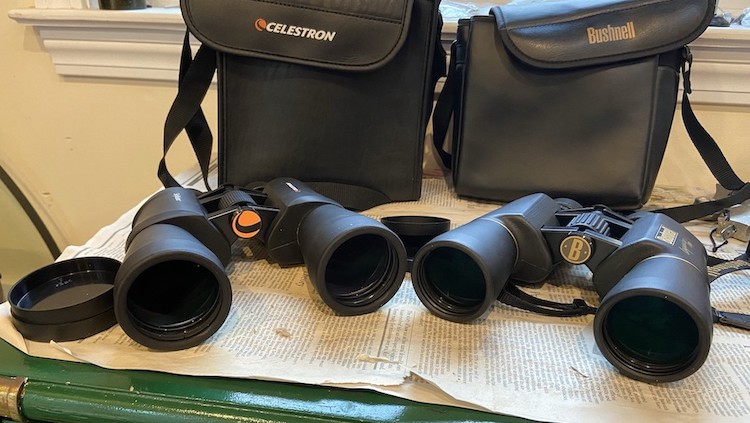Rank & ratings last updated on

The prisms on the Legacy WP 10x50s are BAK-4 glass, which means a sharper, brighter field compared to BK-7. They are still very slightly undersized/noncircular and vignette about 5% of the aperture, which is in effect invisible. As is stated in the name, the Legacy WP 10x50s are fully waterproof and, I think, somewhat fogging-resistant—a nice bonus. All glass surfaces in the binoculars are also fully multi-coated for maximum light transmission.
The Legacy WP 10x50s have a field of view of 6.5 degrees, and given the 10x magnification, this means the apparent field is a nice, wide 65 degrees. The eyepieces have 20 mm of eye relief if you wear glasses for astigmatism (you don’t need them otherwise) and twist-up eyecups, as well as eyepiece caps that stay attached to the neck strap.
Downsides? Well, for one, the magnification. The 10x binoculars are really the limit for handheld use, and the weight of the Legacy WP 10x50s doesn’t help with steadying them. Children and some adults will have trouble holding them steady for long periods.
If you can hold them steady, the Bushnell Legacy WP 10x50s are great binoculars for stargazing. Mine has travelled with me halfway around the globe to dark locations and is great for daytime spotting too.